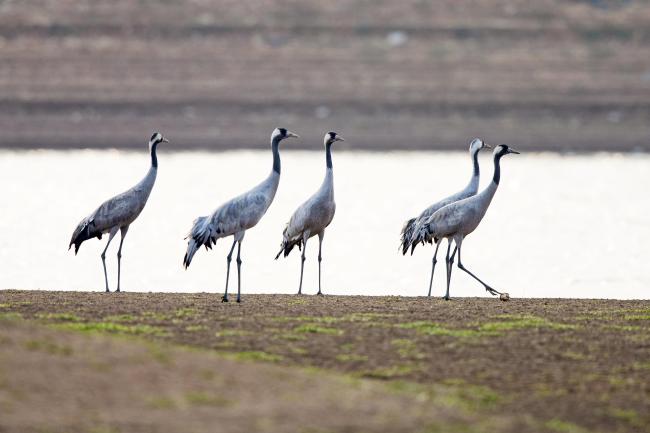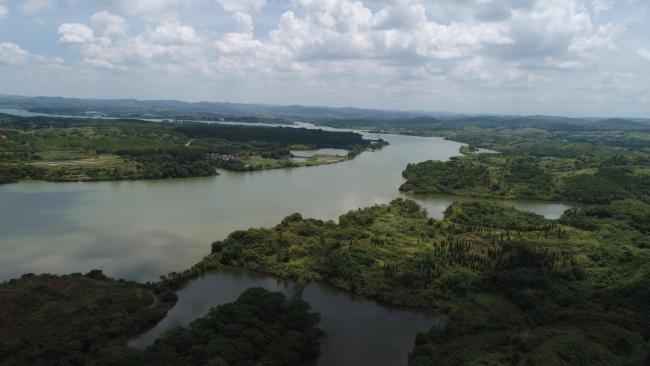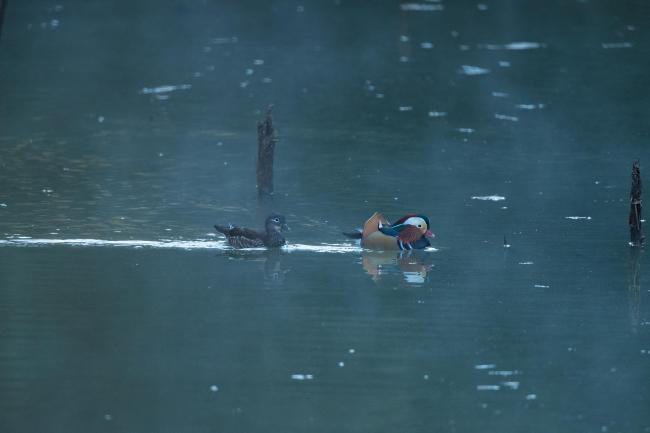Hunan Chongling Wetlands
Hunan Chongling Wetlands
- Country:
- China
- Site number:
- 2519
- Area:
- 2,401.7 ha
- Designation date:
- 28-10-2022
- Coordinates:
- 25°54'45"N 112°42'E
Carousel
CarouselMaterials presented on this website, particularly maps and territorial information, are as-is and as-available based on available data and do not imply the expression of any opinion whatsoever on the part of the Secretariat of the Ramsar Convention concerning the legal status of any country, territory, city or area, or of its authorities, or concerning the delimitation of its frontiers or boundaries.
The Hunan Chongling Wetlands are located in the middle reaches of the Chongling River, a tributary of the Xiangjiang River that connects to the Yangtze. The Site is within the Hunan Guiyang Chongling National Wetland Park, and accounts for around 75% of the total Wetland Park area. The Site is mainly composed of permanent stretches and floodplains of the Chongling River, and other smaller permanent and seasonal streams, as well as the Ouyanghai reservoir. The large floodplains are rich in humus and two threatened trees grow there, the Himalayan yew (Taxus wallichiana) and Schneider’s zelkova (Zelkova schneideriana). The aquatic vegetation in the reservoir and the River provide diverse habitats for rare birds such as swan goose (Anser cygnoides) and collared crow (Corvus pectoralis). A critically endangered amphibian, the Chinese giant salamander (Andrias davidianus), lives in the caves and deep pools of the Site. The reservoir has a total storage capacity of 424 million cubic metres and helps in regulating water flow of the Chongling River during floods. It also irrigates 48,500 hectares of land and has an essential role in maintaining the water security of the larger Xiangjiang River basin.
- Wetland Park - Hunan Chongling National Wetland Park
- CN2519RIS_2304_en.pdf
- CN2519_map230213.jpg


